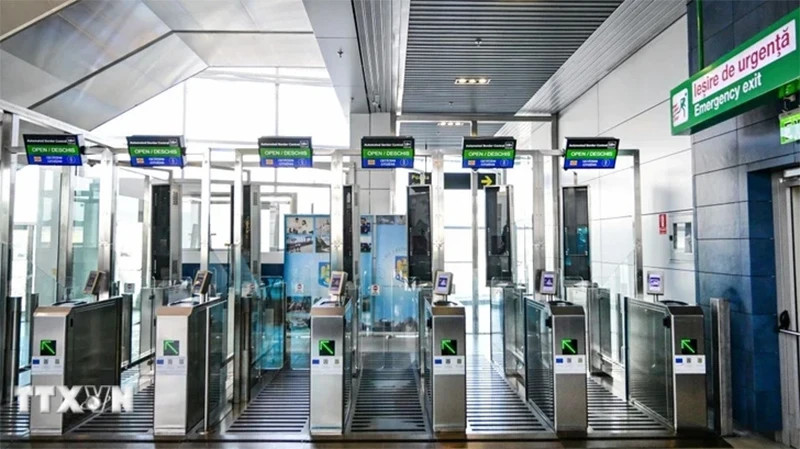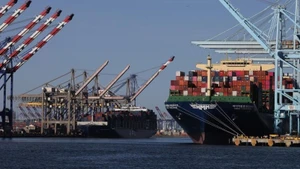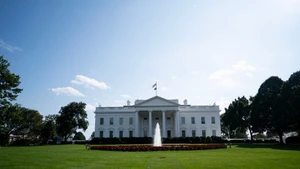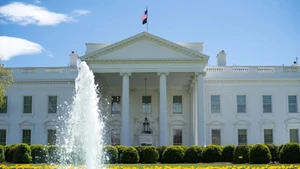Becoming an official member of the Schengen area has concluded a 14-year journey of integration efforts, overcoming many difficulties of two European Union (EU) member states, Romania and Bulgaria.
Although the European Commission (EC) first gave the green light to join the Schengen area in 2011, these two countries have faced opposition from many member states due to their failure to meet standards on external border management and cross-border crime prevention.
In 2015-2016, the serious migration crisis in the Old Continent, stemming from the conflict in the Middle East, made the journey to join Schengen of the two Eastern European countries even more turbulent. It was not until the end of March 2024, after a series of persistent efforts, that Bulgaria and Romania joined part of the large Schengen area, with air and sea travel without border checks.
However, land border controls are still maintained because Austria opposes these countries becoming official members of the Schengen area. By the end of 2024, Austria agreed to lift its long-standing veto on the two countries, removing the final bottleneck on Bulgaria and Romania’s integration journey and opening a new chapter of development for the European free travel area.
In front of this great achievement, Bulgaria and Romania celebrated the day of their official full accession to Schengen. When the whole world joyfully welcomed the new year 2025, Bulgarian and Romanian interior ministers symbolically raised a barrier on the Friendship Bridge straddling the Danube River to mark the historic moment of the two countries.
Euronews commented that the image of long queues at 30 land border areas between Romania and Bulgaria will soon become a thing of the past, although random checks will continue to be carried out to prevent crime.
Considered one of Europe's proudest achievements, the open-border Schengen area is not only a symbol of solidarity among member states but also has important economic significance, helping countries form close trade partnerships and attracting tourists.
Established in 1985, the Schengen area currently includes 25 of the 27 EU member states, along with Switzerland, Norway, Iceland and Liechtenstein.
However, when political and social upheavals occur in Europe, the Schengen Agreement, which erases borders to allow people to travel freely between member states, has been in danger numerous times.
Typically, the worst migration crisis since World War II emerged in 2015, forcing many European countries to control their borders. Concerns about the influx of refugees were also the main reason why Bulgaria and Romania were not accepted into the Schengen area by some member states.
Becoming part of the Schengen “family” is an important milestone for Bulgaria and Romania, raising their international status. It is also a big boost for the economies of the two Eastern European countries, as border crossings no longer face long delays, significantly reducing transportation costs and improving trade activities. It is estimated that joining the Schengen area will boost the GDP of Romania and Bulgaria by at least 1%.
European politicians consider Romania and Bulgaria’s official accession to the Schengen area a “big win” for both countries and Europe.
















